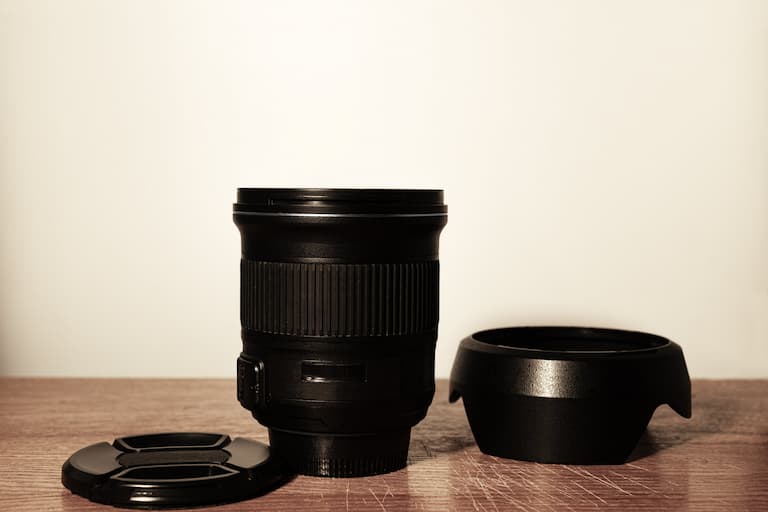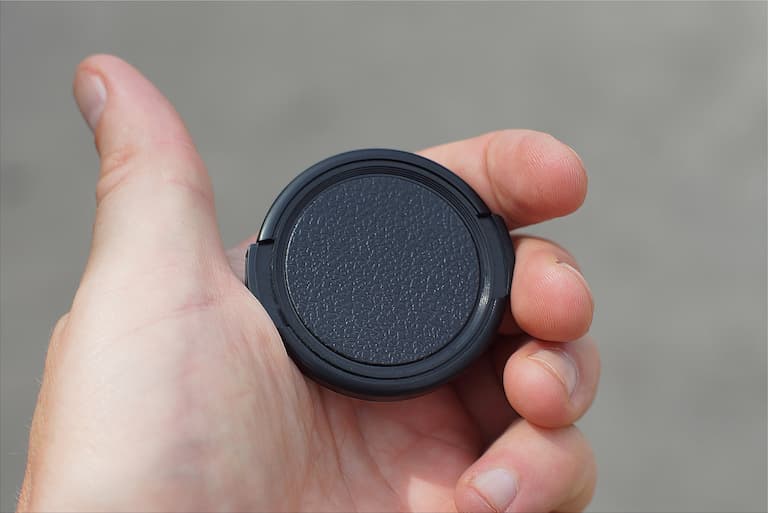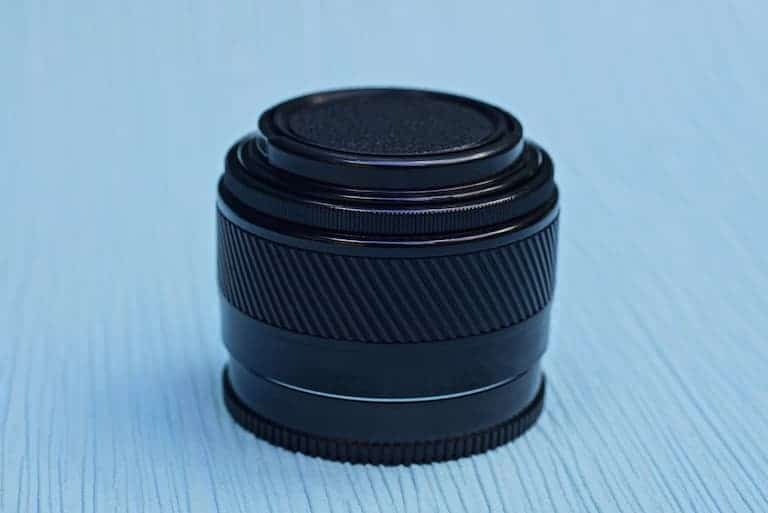If you’re a photographer, you probably use filters to protect your camera’s lens from physical damage, minimize reflections, reduce light, and enhance colors. Since you fit filters over the lens, you may be wondering whether you need a lens cap or if it’ll just get in the way.
You can use the lens cap with a filter as long as the cap is the right size for the filter. The filter size ranges from 58mm to 77mm (2.28-3.03 in), and the lens cap you use on it should be at least a size bigger than the filter.
You may or may not need to use a lens cap depending on what you use your camera filters for. This article will discuss lens caps and filters in detail (including my personal recommendations for lens caps).
Table of Contents
Can You Put a Lens Cap on the Filter?
Filters are designed to serve a specific purpose. Do you want bold contrast and colors on your images? Do you want to reduce reflections, or have blurred motion in an environment that’s too bright? If you use the same filter for extended periods, you may need to use a lens cap.
You can put a lens cap on the filter if the size corresponds with the UV filter, fixed ND filter, and CPL filter. Also, look for the ø symbol on the filter and cap. Variable ND filters have two layers of glass, so the cap should be a size bigger. For example, a 67 mm ND filter uses a 72 mm cap.
The filter protects the lens from damage, while the cap protects both the filter and the lens. In other words, if you use a cap, you can use the lens and filters for a longer time. Note that replacing lenses is more expensive than replacing filters, so lens caps also help you save money.
This video discusses lens caps, filters, and how to get the right size for your camera.
Do You Need a Lens Cap When You Have a Filter?
One of the filter’s many functions is to protect the lens while exposing the image. That being the case, it’s easy to assume a cap isn’t necessary. However, a lens cap can still serve important functions for your camera, especially if you’re working under extreme conditions.
You need a lens cap when you have a filter because it provides an extra layer of protection for the lens. For example, if the filter is damaged, its broken shards may also damage the lens. The lens cap protects both.
If you’re worried about losing your lens cap, you can buy something like the Altura Photo Lens Cap Holder on Amazon.com. It has an elastic band that fits snugly around the lens cap, and a string with a strong adhesive you can attach on your camera.

Filter vs. Lens Cap vs. Lens Hood
So far, we’ve talked about the filter and lens cap. There’s another accessory that you’ll want to know about — namely, the lens hood. All three can function as important accessories for photography. Each of them has their pros and cons, as detailed in the table below.
| Filter | Lens Cap | Lens Hood | |
|---|---|---|---|
| Degree of protection | Acts as a buffer between dangerous objects and the lens | Protects both the filter and the lens | Adds extra protection against scratches, accidental impacts, fingerprints, and other debris |
| Convenience | Is usually necessary to maximize a camera’s full capabilities; you can “set it and forget it” | Can stay attached to the filter during storage; however, it’s better to store it separately in a place where you can easily find it | Must be removed prior to storing the camera |
| Picture Quality | High-quality versions won’t interfere with the camera’s focus and image quality as much | N/A | Prevents reflections and glares |
How Much Protection Do Filters Provide Your Lens?
No matter what type of photography you use, filters can help prevent reflections from ruining your shots. Granted, you can add contrast to your images or balance the colors using a photo editing app post-production. But filters do have benefits other than helping you to spruce up your images.
Filters can provide strong protection for your lens. They protect against dust, rain, light, mud, sand, dirt, and fingerprints (which you can easily clean off the filter). However, the filter doesn’t fully protect the lens against heavy bumps, rocks, paintballs, drops, and stones.
Filters are thin and easily shatter when hit by a heavy object or during falls. The broken filter shards can, in turn, damage the lens. Given the limited protection offered by the filter, a lens cap is handy for providing extra protection.
Best Lens Caps for Your Camera Filters
As we said, the best lens cap for you ultimately depends on the size of your filter. The general rule is that your lens cap must be a size bigger than your filter, but no more — otherwise, it’ll slide off and get lost during storage.

That said, here are a few of the lens caps we recommend from Amazon.com to get you started.
-
 $7.99Buy Now
$7.99Buy NowFor Canon and other Lenses with 58mm Filter Thread. This set comes with two high-quality lens caps plus a universal keeper to store them in. To use it, pinch the center and put it over your camera lens.
We earn a commission if you make a purchase, at no additional cost to you.
03/06/2024 12:35 pm GMT -
 $29.99Buy Now
$29.99Buy NowVersion 1 - Fits 99% DSLR Lenses, Element Proof, Lifetime Coverage. If you're looking for something you can use for 99% of DSLR lenses, this one might fit the bill. You can choose a single lens cap, or purchase up to 10 in a single pack.
We earn a commission if you make a purchase, at no additional cost to you.
03/05/2024 06:39 pm GMT -
 $7.00Buy Now
$7.00Buy NowIf you want an environmentally-friendly lens cap, choose this one. It's made from 100% recycled plastic and is easy to use with Extra Strong Springs.
We earn a commission if you make a purchase, at no additional cost to you.
03/05/2024 06:31 pm GMT
Conclusion
The filter and lens cap can help protect your camera from the elements as well as accidents. The filter can minimize damage to the lens from excess water, dust, dirt, and impact from stones.
However, the lens cap will provide additional protection when you’re not taking photos or when you’re storing the camera in a safe place.





